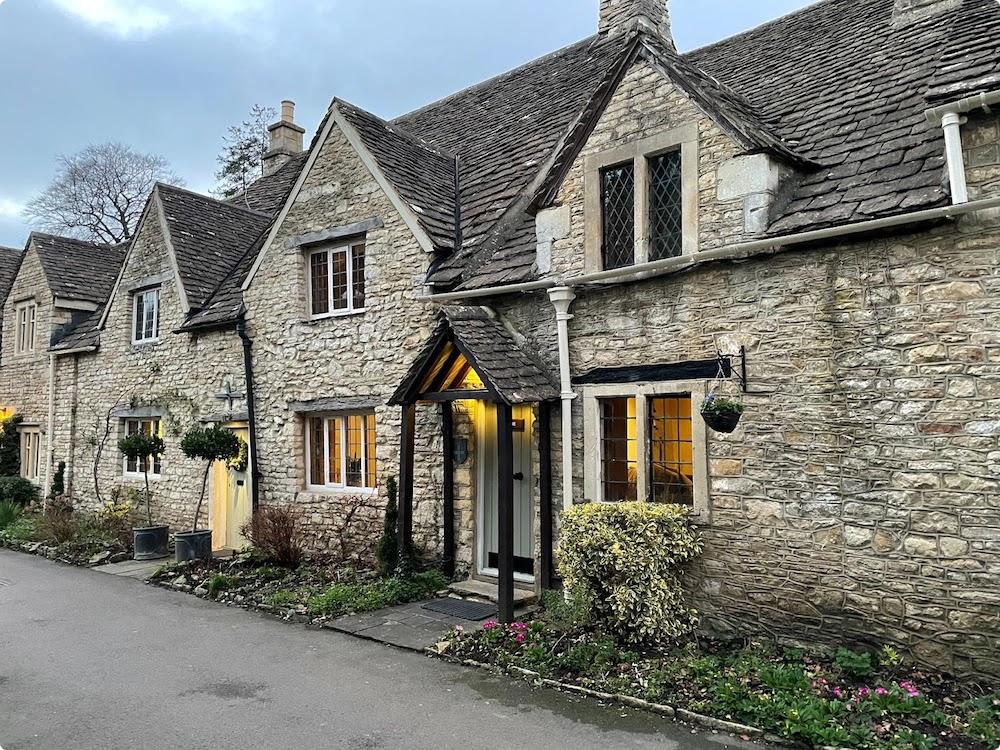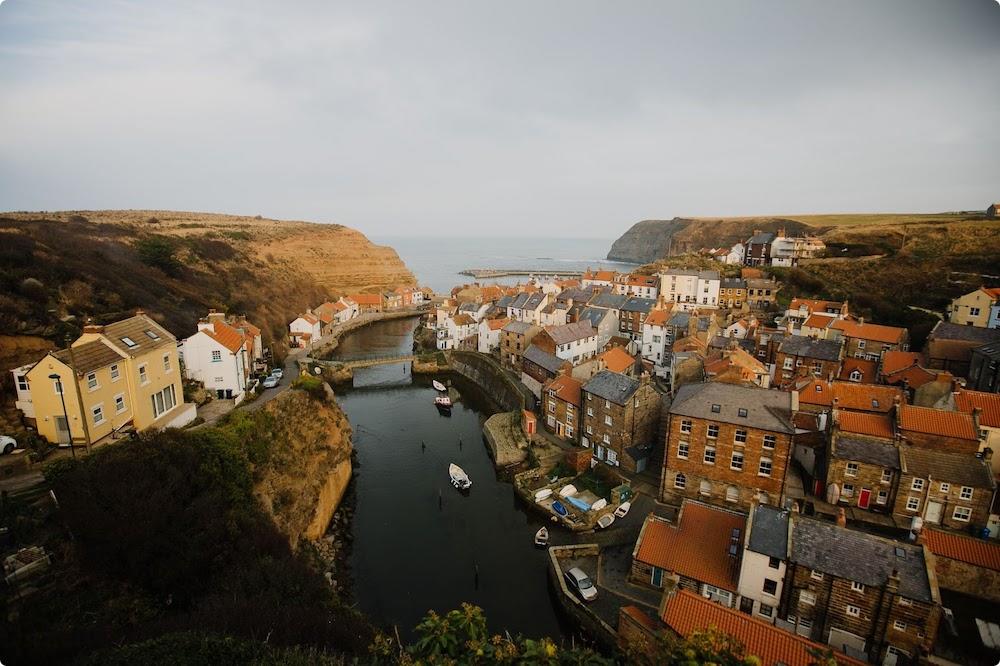Conservation Areas were introduced in 1967 to help manage and protect Britain’s most prized areas. Whether they stand out due to their architectural, historic or natural significance, living in one is a real treat. However, as impressive as these areas are, they come with a unique set of regulations – especially when it comes to changing your home.
If you live in a Conservation Area and you’re planning on changing the appearance of your home, whether through extension or renovation, you could have a long road of paperwork ahead of you. Here’s everything you need to know to get started.
What is a Conservation Area?
The UK has around 10,000 Conservation Areas. A Conservation Area is a protected area of importance that has special regulations around building and construction to protect its architectural or historical integrity. These can vary from country estates to woodlands, historical landmarks and more. These limitations can impact whether you get planning permission for certain projects as well as the type of work you can carry out. So, if you’re looking to extend or renovate your home, it’s important to know whether your property is in a Conservation Area.
Some of the restrictions include:
- Strict demolition guidelines
- Building double-storey extensions
- Cladding or windows types
- Materials for use on schools, universities and hospitals
- Rules around works on retail spaces
How to find out if you’re in a Conservation Area:
There are plenty of ways to check whether you live in a Conservation Area. Firstly, you can find your local council here and get in touch with them directly to check. They’ll have an SPD (supplementary planning document) which outlines building and construction rules in their constituency. They will also have a Design Appraisal, which is even more specific.
You can also find out whether or not you live in a Conservation Area by contacting your local planning authority. Go to this page to find yours. Still not sure where to start? Book a free consultation with one of our in-house planning experts who will be able to offer you friendly, practical advice.
Full planning applications may be required when permitted development isn’t applicable. Simply put, planning permission is the approval needed for construction, demolition, extensions and in some cases even building alterations.

How does being in a Conservation Area impact permitted development?
Permitted development rights are part of a scheme created by the government that allows you to make certain alterations to your property without requiring full planning permission. The criteria for permitted development is more restrictive in Conservation Areas and you’ll likely have to apply for planning permission.
The rules around permitted development rights vary in Conservation Areas – these restrictions can include Article 4 Directions. This means that you may need to carry out planning applications that in other areas wouldn’t always be required – including:
- Residential changes to a property including cladding, double-storey extensions and certain types of windows.
- Building extensions onto retail properties – the appearance, for example, should match the existing building and there are restrictions to click and collect services.
- Changes on agricultural land
- Controls are in place for the materials used for schools, colleges, universities and hospitals.
- Solar panel and chimney installation (if they’d be road-facing and on the side or front of the property)
- Extensions to retail properties
- Materials used for schools, colleges, universities and hospitals
- Demolition
- Roof extensions and conversions
- Side extensions
With all of this in mind, it doesn’t mean all permitted development rights are immediately removed. Some works are allowed under the General Permitted Development Order (such as small, simple extensions that aren’t deemed too disruptive).
How to approach getting planning permission for your Conservation Area property:
Obtaining planning permission for a property in a Conservation Area can be a hard task. The planning authorities assessing your project plans are concerned with making sure your plans don’t interfere with the character and feel of the area. Because the rules can be so strict, it’s vital to get your application right the first time.
It’s really important to get to know the area and why the restrictions have been put in place there. It’s also worth checking if any works have been carried out nearby (this could be a chat with your neighbour about how they went about their build).
We recommend using experienced designers and planning consultants to craft an application including drawings, 3D designs and perspective drawings. After all, the planning officers are there to look after the Conservation Area so if there are any faults in your proposal, it’s their job to stand in the way of works going ahead.
Book a free advice call with a member of our experienced planning team. Your Planning Consultant will prepare a detailed package including detailed proposed designs, offer guidance throughout the process and give you information about building regulations. Find out more about how our Planning team works and what they can do for you.

How Conservation Area regulations could impact your extension:
Full disclosure: living in a Conservation Area could affect whether you can get an extension. As the rules and regulations are in place to protect the area, you’ll have restrictions in place by your local planning authority. Here’s a quick guide to how the rules could impact different types of extensions.
Single-storey extensions:
Simple, single-storey rear extension are likely to be acceptable for building under permitted development. However, if you’re in a Conservation Area and your extension is further than 3 metres of your home’s rear wall (or 4 metres for detached houses) you’ll have to apply for permission from your local planning authority.
Even if permission is granted, you’ll likely still have to adhere to rules around materials that are in keeping with the existing appearance of the area. Considering a more daring design? You may still have a chance if you pitch how it could enhance the area to your local planning authority.
Side extensions:
Planning permission will need to be applied for when it comes to side extensions in Conservation Areas. You’ll want to give your plans the best chance of going ahead, so you’ll need a highly detailed application. For more information about what’s needed, explore our advice articles or book a free consultation.
Wraparound extensions:
All wraparound extensions require planning permission. This is because the side and rear sections are considered one. Getting permission for this type of extension in a Conservation Area can be even more challenging. This is down to the details of what design features, materials and types of renovations you are able to carry out. It’s in your interest to have an experienced team who can advise you on the kind of design and structure that’s most likely to be accepted.
Rear extensions:
Thankfully, many simple, single-storey extensions fall under permitted development – yes, even in Conservation Areas! And if they don’t, you’ll still likely be able to get planning permission to build one with the right planning.
Double-storey extensions:
Plans for double-storey extensions are usually going to be challenging to get approved in Conservation Areas. Whether or not your project will be accepted will rely on the guidelines set by your local planning authority.
Discover how much different types of extensions could cost you with our Quick Quote Calculator.






















